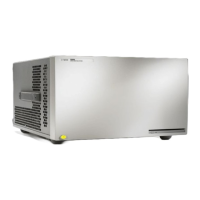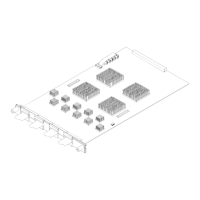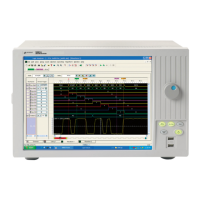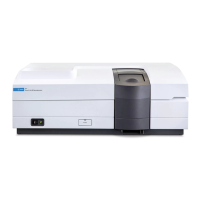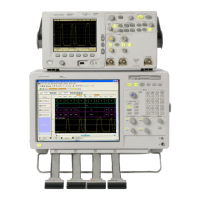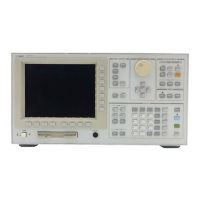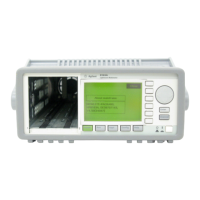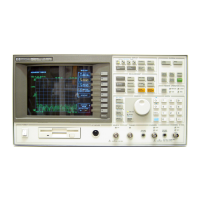14 Theoretical Background
Theoretical basis of 2D-LC
2D-LC User Guide 370
From the pracitcal point of view the performance between 1D- and 2D-LC should
be compared, considering the following aspects:
• Peak capacity
• Number of peaks observed in experimental chromatograms
Ideal
2
D Peak
Capacity
One major problem in 2D-LC is loss of
1
D resolution due to
2
D sampling process.
The determining factors are:
• Gradient time of the
2
D separation cannot exceed the sampling interval of the
1
D separation
• Resolution of a pair of peaks in the two-dimensional space is related to the
resolution on the first and second dimensions as the Pythagorean average
(see Figure 172 on page 366)
A
2
D chromatogram is only a way of displaying a lengthy series of sequential
chromatograms obtained on the second column and the second column and
detector are just a unique type of chemically selective detector of what comes
out of the first column (see, “2D as detector” on page 371). The peak width
observed on the second column is independent of the sampling time used in the
1
D.
This leads to two extreme scenarios, on how mixtures of components may
behave:
• Unresolved mixture is injected into second column and second column
separates analytes perfectly
R
s,2D
is independent of
1
D sampling rate
• Partially resolved mixture is injected into second column and analytes
co-elute on the second column
R
s,2D
strongly depends on first dimension sampling rate.
This indicates, that it's very important to respect, how often the
1
D effluent
must be sampled to avoid loss of resolution.
The theoretical limits for ideal
2
D peak capacity are defined by the
Murphy-Schure-Foley Criterion (M-S-F sampling criterion). According to this
criterion, the effluent must be sampled at least 3 – 4 times over 8 width of the
first dimension peak.
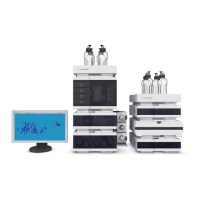
